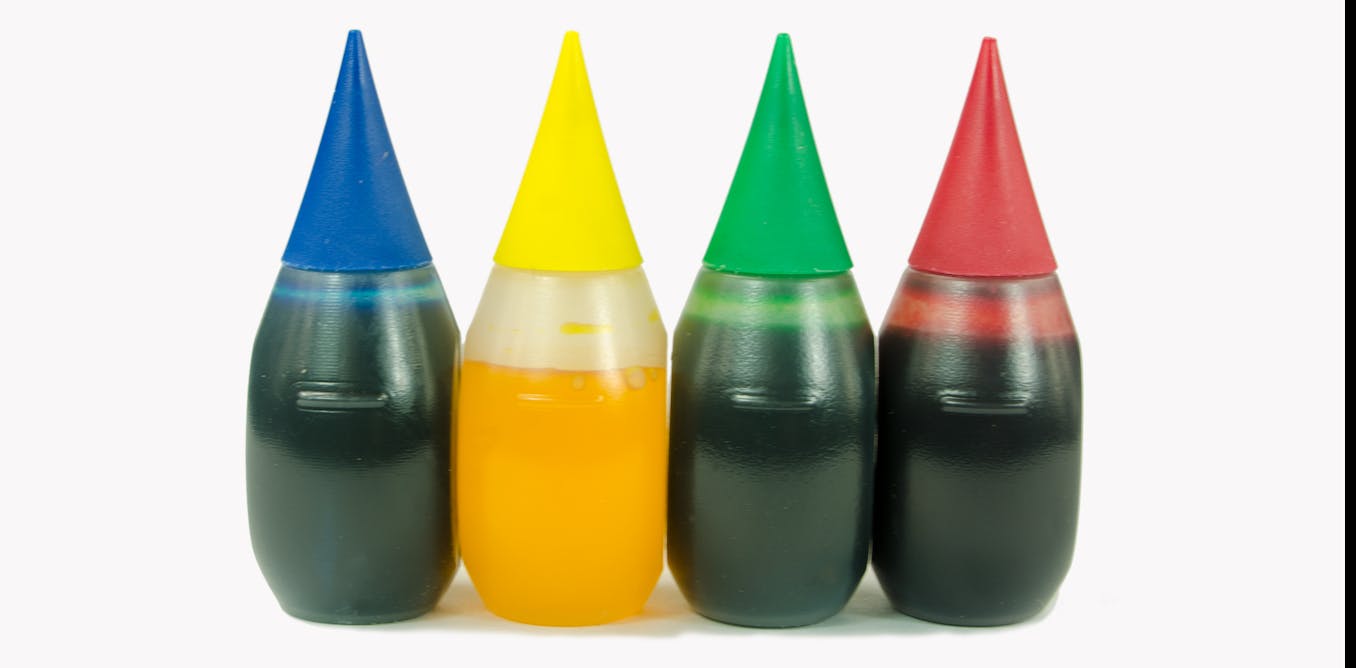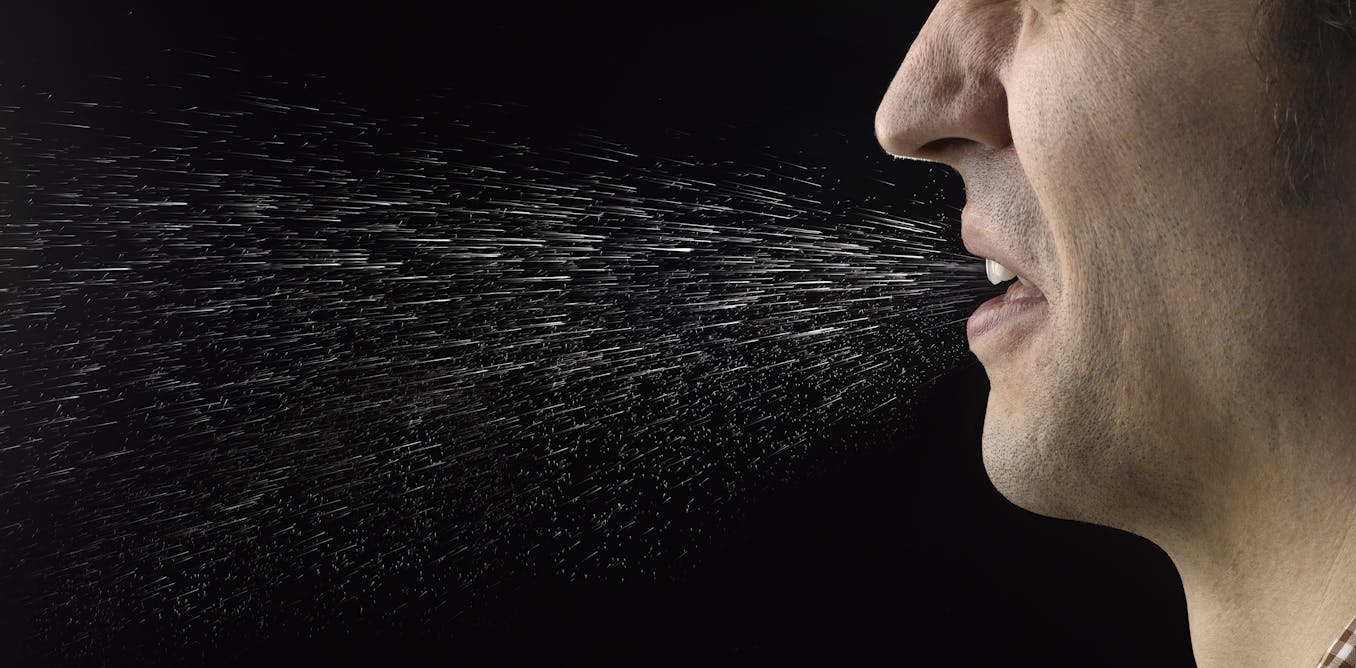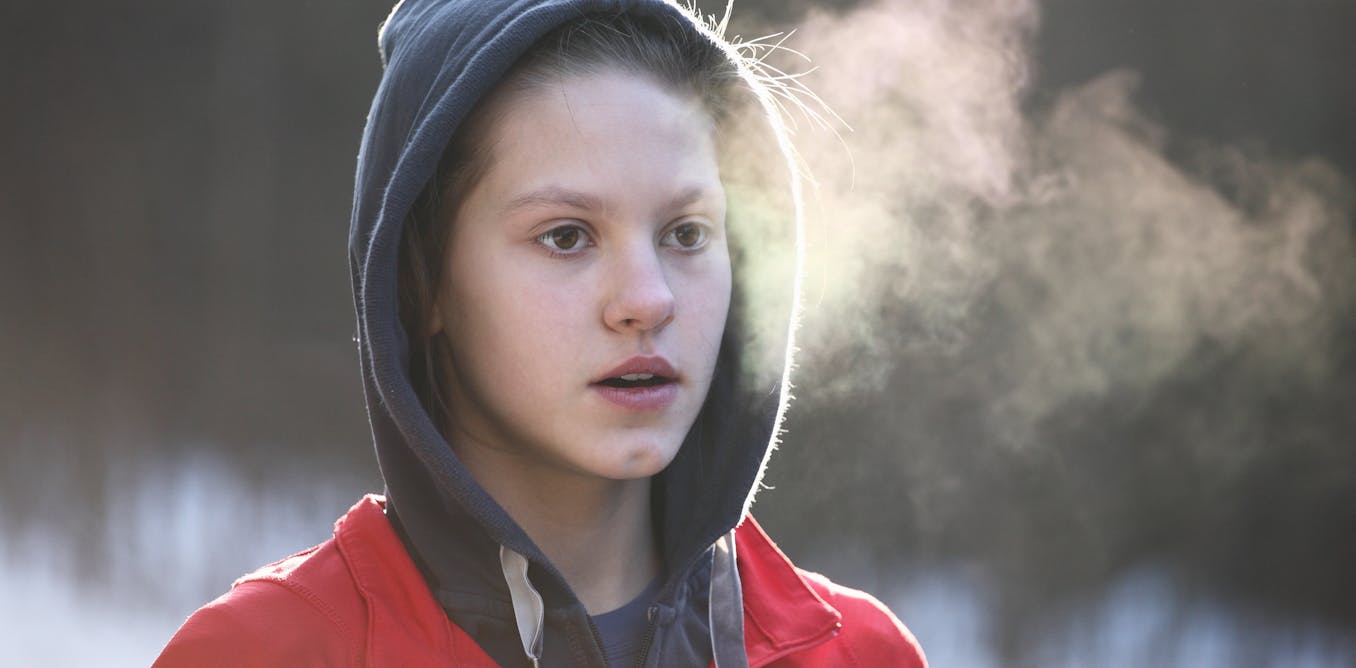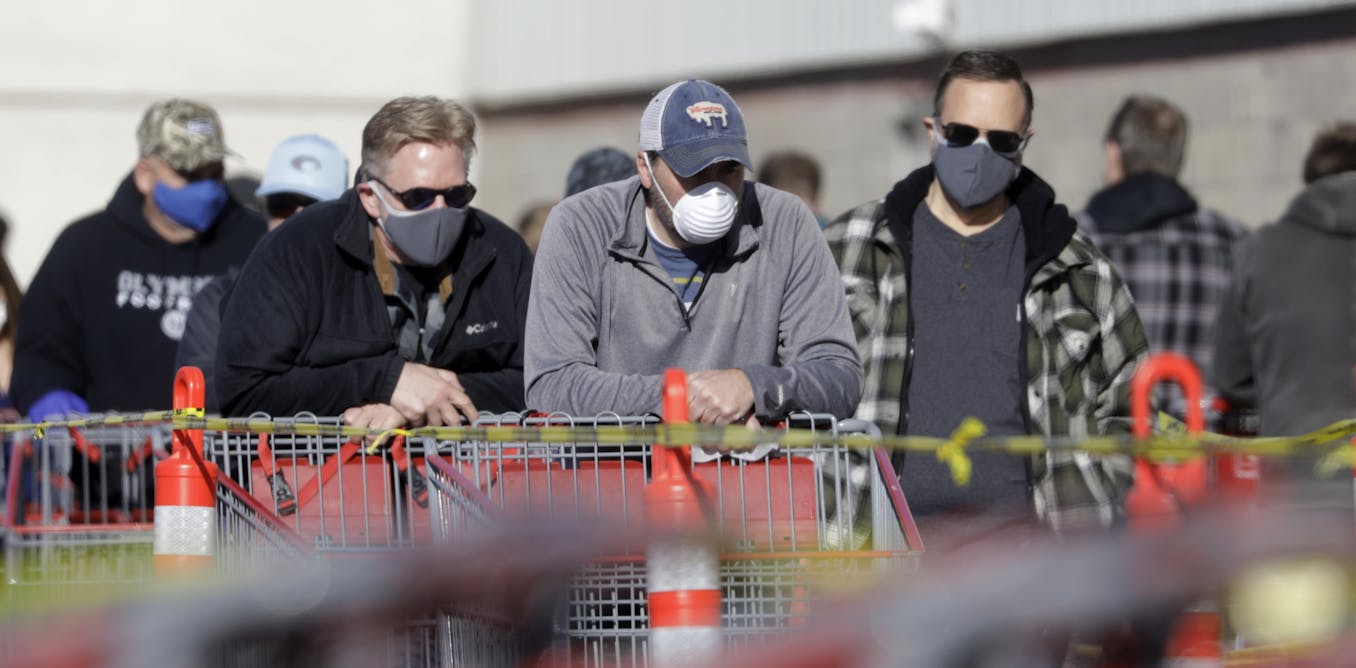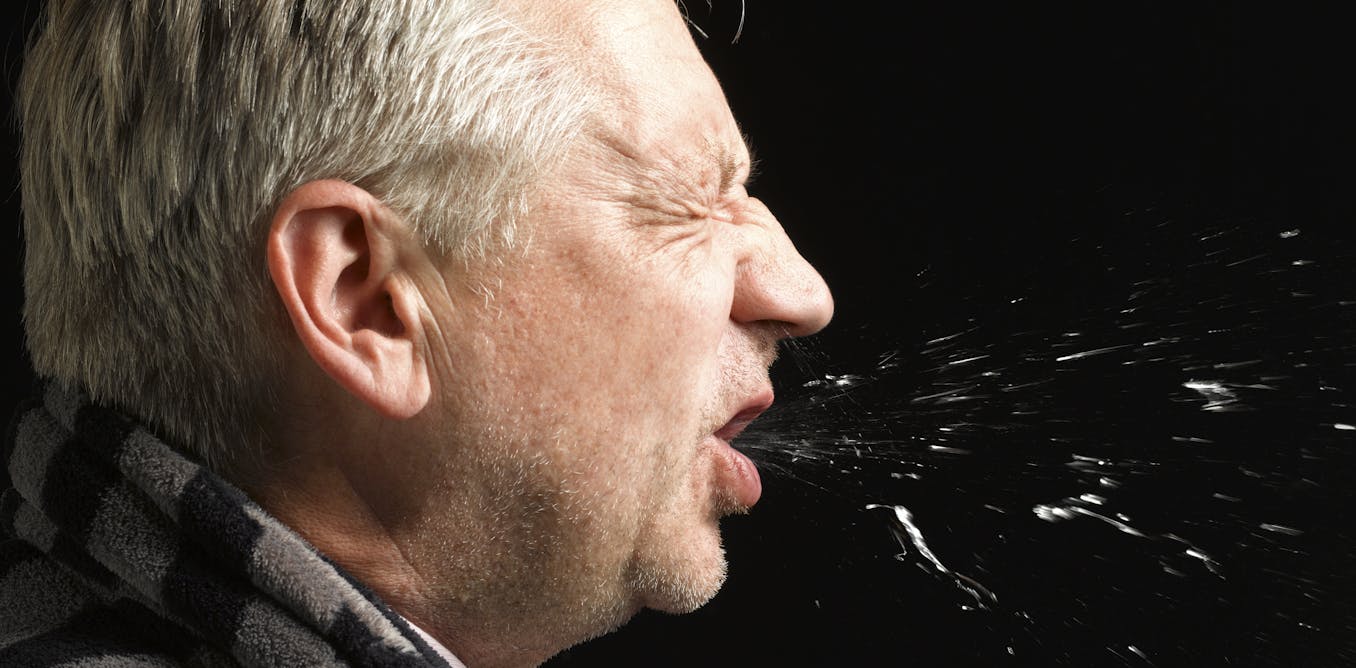Catching COVID-19: Why where you sit in a classroom matters, and how ventilation can help
Experiments in college classrooms show how tiny respiratory droplets known as aerosols can spread, even with good ventilation. The risk isn't the same in every seat.
Oct. 5, 2020 • ~7 min





